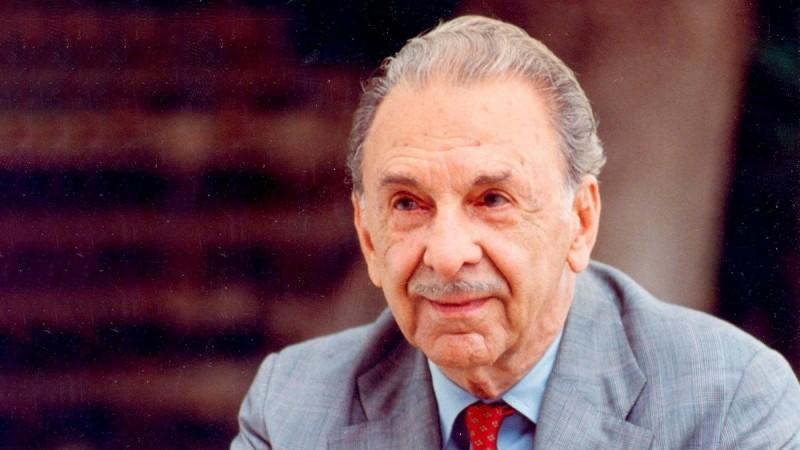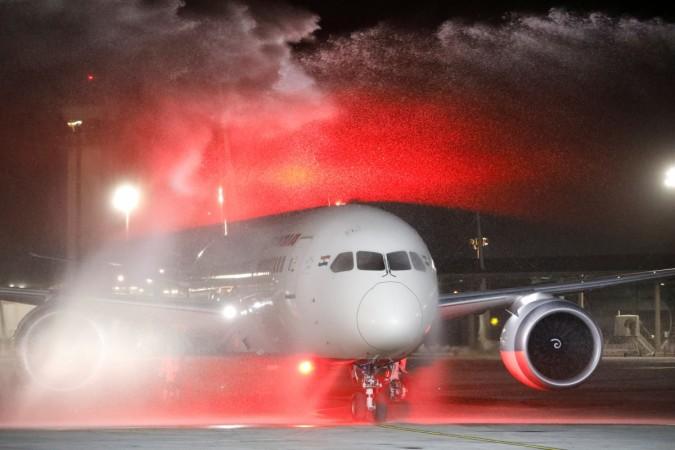Air India is making a transition from public to private sector after 69 years and all the legal formalities are complete. All eyes are on multi-crore deal, more so on what the future holds for Air India, which was once the high standard of aviation industry. Years passed, the government bought the majority shares in the airlines as it was in need of a national carrier and Air India just went downhill over some big, bad decisions.
Air India returns to Tata
The Centre on Thursday handed over the management control of national carrier Air India to a subsidiary of Tata Sons. With this Air India's strategic disinvestment was complete after the Centre received a consideration of Rs 2,700 crore from the 'Strategic Partner' - Talace - which is a wholly owned subsidiary of Tata Sons.
![Maharaja returns home; Tatas hold answers to Air India's success [details]](https://data1.ibtimes.co.in/en/full/769093/maharaja-returns-home-tatas-hold-answers-air-indias-success-details.jpg?h=450&l=50&t=40)
Last month, the Competition Commission of India approved the acquisition of Air India, Air India Express and Air India SATS Airport Services by Talace, which is a wholly-owned subsidiary of Tata Sons. The acquisition envisaged 100 per cent equity share capital of Air India and Air India Express, and 50 per cent for that of Air India SATS Airport Services by Talace. The airline, along with AIXL, is primarily engaged in the business of providing domestic and international scheduled air passenger transport service, along with air cargo transport service.
Tata Sons' subsidiary Talace had emerged as the highest bidder for the national carrier under the divestment process. It had quoted an enterprise value of Rs 18,000 crore for 100 per cent equity shareholding of the Centre in Air India along with that of Air India Express and AISATS. On its part, the Centre had stipulated a reserve price of Rs 12,906 crore.
The rise and fall of Air India
There's rich history when it comes to Air India, even long before the carrier's name was so. Industrialist JRD Tata Group founded the airlines in 1932 and it all came from his hobby to fly planes, which started in the year 1919. It was only a matter of time before he took up on his passion and even got a license.
Air India's first commercial flight was on October 15, 1932, and without passengers, but it had been carrying letters from London to Karachi. A year later, Tata Airlines, as it was called at the time, took the first flight with passengers. The name Air India was given to the airlines after the second world war, when Tata Airlines became a public limited company on June 29, 1946, under the name Air India. After Independence Day in 1947, the government of India acquired the airline's 49 percent stake. In 1953, the Indian government passed the Air Corporation Act and bought majority stake in the company, making Air India a govt-owned company.

As a part of the restructure, domestic services were transferred to Indian Airlines and the international route was with Air India International Limited. Trouble started brewing. The company was profitable till 2000, and in 2001, first loss of Rs 57 crore was reported.
Then in 2007, Air India was merged with Indian Airlines and the losses of both companies mounted to Rs 771 crore to fall under the same balance sheet. The airlines had to stay afloat, as the losses mounted the company continued to take loan on debt. It was only a matter of time the losses turn into mountains. Fast forward to 2010, the losses mounted and totalled to Rs 12,000 crores. One of the reasons for the mounting losses was the questionable purchase of 111 aircraft in 2005.
During all this time, the competition was going aggressive in the aviation industry.
Tata holds key
Air India was not just an airline, but a symbol of aviation. Back in the day, Air India was a symbol of perfection. With things like five-star hotel Taj's catering service orders in flight, free food and snacks, and ashtrays. It was its attention to detail that the airlines was named the best airlines in the world in the year 1968, according to the Daily Mail survey. Air India had set the standard so high, international players would see India's flag carrier as the benchmark to match.

JRD was personally invested in Air India. Sharing excerpts from JRD's blue notes, Diwan Gautam Anand writes how JRD note down his observations, both criticism and appreciations, and send across to the management. Smallest things like how some seats would recline more than the other, JRD suggested all of them be uniform at a maximum reclining angle, and how Monsoon Malabar Coffee and Darjeeling Tea was served 30,000 feet above. He would share tips on how to best make the tea and coffee. Adapting to the changing times, the iconic Maharaja logo underwent a redesign in 2015 as the brand wanted to be represented by a younger version.
The future of Air India is of the matter now and who better than Tata Group, which was invested personally in its inception, to turn the tides. The company's first order of business will be to turn the airlines' losses around and into profits. Once the debt is cleared, it may go for IPO.
Of the 114 aircraft fleet, Air India owns 99 and 42 are on lease. Experts are optimistic about Tata Group taking Air India to new heights. With the takeover, Tata Group is the second-largest airline in the market with a share of 25-30 percent.

As a part of its revamp, Tata Group is all set to bring in some crucial changes, including a new flight app, new strategies to improve on-time performance standards, in-flight services like the choice of meals and overall passenger experience, at least on a few domestic and international flights to begin with. The road to recovery for Air India is long, but it doesn't mean it won't get there. Mostly so, not without competition. Rakesh Jhunjhunwala's Akasa is expected to start in May and has already ordered 72 Boeing 737 Max jets at $9 billion. Jet Airways is ready to bounce back and is expected to 50 aircraft in the next three years. IndiGo is still a market leader with a market share of around 50 percent as of October 2021.
The aviation industry in India is touted third largest in the world, with an estimate of Rs 1.20 lakh crore. India is well on track to overtake China and US by 2030, as per IATA's estimates. The government is committed to boost the industry with a planned investment of Rs 14,000 crore in 2026 in the development of airport infrastructure.














